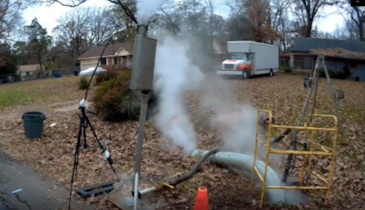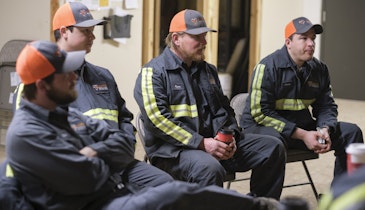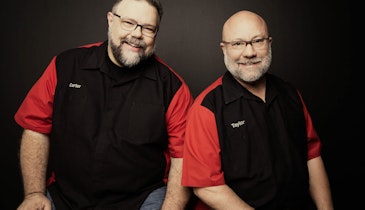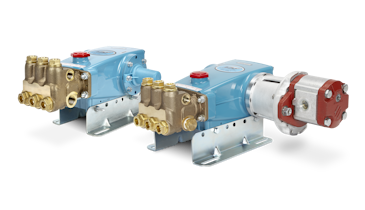Interested in Drilling?
Get Drilling articles, news and videos right in your inbox! Sign up now.
Drilling + Get AlertsContractors and operators are constantly looking for ways to maximize utilization and enhance operating performance on any job. Take large trenching jobs, for example, there are multiple factors to consider when looking to improve productivity, utilization and performance of your ride-on trencher, especially when working long hours on a project. Below are key considerations when selecting a utility tractor for installation jobs.
- Versatility — When selecting a tractor for large application jobs, versatility is key. Attachments are a great way to maximize versatility. A combination attachment offers two sets of tools, typically a plow and trencher to maximize utilization by enabling your machine to perform multiple jobs. These tools can also be used together on job sites where short trenches are dug as entry or exit “pits” for the plow. Additionally, front attachments, such as reel carriers and backhoes, reduce the need for dedicated support equipment on jobs. This can save costs, time and space — which is at a premium on most job sites today.
- Tracks vs. Wheels — Tracks provide improved stability over wheeled trenchers. The added traction and stability is most important when trenching on uneven ground and on wet or muddy ground conditions where wheels could spin. In addition, tracks minimize bounce and add weight low on the machine where it’s needed most, further improving stability on uneven terrain. It is important to know the ground conditions, because not every job justifies the increased cost of tracked trenchers.
- Cruise Control — As most job sites have varying soil conditions, especially on larger projects that require longer trenches, they require adjustments in ground drive speed to maintain optimal productivity. Selecting a ride-on trencher with cruise control features enables the machine to automatically adjust ground speed to match changing soil conditions, and allow operators to focus on more important tasks.
- Operator Comfort — Projects requiring large ride-on tractors, often require long hours on the job. Improved operator stations are designed to reduce operator fatigue and stress on long jobs. Visibility should also be a key consideration when selecting a machine. Visibility into machine functions help improve operations, ultimately impacting productivity.
For more information on the newest Ditch Witch ride-on trencher models, please visit http://www.ditchwitch.com/trenchers#content-352.






